Apidae
- January 29, 2024
- 0 comment
The Apidae family, a diverse group within the insect order Hymenoptera, includes some of the most recognizable and ecologically significant creatures – bees. Known for their role in pollination and, in some species, producing honey and beeswax, bees are integral to both natural ecosystems and agricultural systems. This article delves into the physical characteristics, social structure, behavior, ecology, threats, and the life cycle of the Apidae, aiming to provide a comprehensive overview of these remarkable insects.
Physical Characteristics
The Apidae family, an integral part of the insect order Hymenoptera, showcases a remarkable diversity in physical characteristics, adapting to a wide array of environments and lifestyles. Members of this family, commonly known as bees, display significant variation in lifespan, habitat preferences, dietary habits, physical dimensions, and social behaviors.

| Characteristics | Description |
| Scientific Name | Xylocopa virginica |
| Lifespan | 6 weeks during the active season, whereas queens can live up to 5 years. |
| Habitat | Forests and meadows to urban gardens and agricultural fields. They are found on every continent except Antarctica. |
| Diet | Nectar and Pollen |
| Size | 2mm to 25mm |
| Range | globally |
| Behavior | Behavior varies widely, with some species being solitary, while others, like honeybees and bumblebees, are highly social. |
Social Structure
The Apidae, a large and diverse family of bees, encompasses various species with a range of social structures, from highly social to solitary. Within this family, the social behavior of species can be broadly categorized into three main types: eusocial, communal, and solitary. Here’s an in-depth look into these categories, primarily focusing on the social structure and nuances of the eusocial and communal bees within the Apidae family.
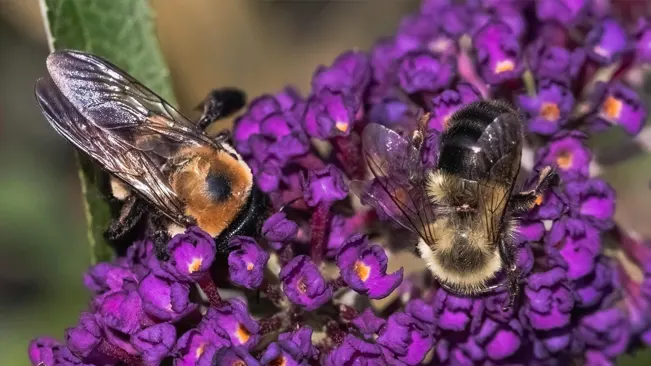
Eusocial Bees (Honeybees and Some Bumblebees)
Eusociality is characterized by cooperative brood care, overlapping generations within a colony, and a division of labor into reproductive and non-reproductive groups.
Honeybees (Genus Apis)
- Queen: The queen is the heart of the honeybee colony. She is the only female that reproduces and is responsible for laying all the eggs. The queen also releases pheromones vital for maintaining social harmony and colony organization.
- Workers: Worker bees are sterile females. They perform all the other tasks needed to maintain and protect the colony, including foraging for food, caring for the queen and larvae, cleaning the hive, and defending it.
- Drones: Male bees, known as drones, have the primary role of mating with a virgin queen. They do not possess stingers and do not contribute to other colony activities.
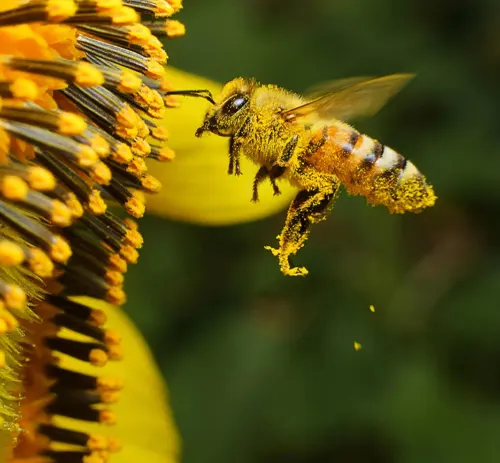
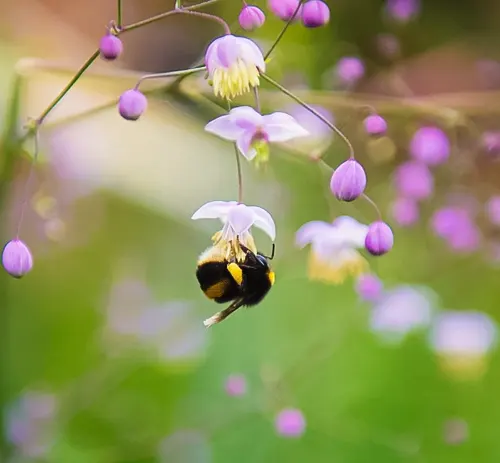
Bumblebees (Genus Bombus)
Bumblebee colonies operate on a similar eusocial structure but are generally smaller than honeybee colonies. They also have an annual life cycle where the colony disbands at the end of the season, and only mated queens overwinter to establish new colonies in the spring.
Communal Bees (Some Bumblebees and Stingless Bees)
In communal bee species, individuals cohabit in a shared nest but do not exhibit the same level of complex social behavior seen in eusocial species. There’s less division of labor, and females may perform multiple roles, including reproduction.
- Cooperative Breeding: In some bumblebee species, females may share a nest and cooperatively care for the brood. However, there’s usually less differentiation in roles compared to eusocial species.
- Stingless Bees (Meliponini tribe): Stingless bees exhibit a range of social complexity. Some species have a clear division of labor with a queen, workers, and drones, similar to honeybees, while others have a more flexible approach to roles within the colony.
Solitary Bees
Though not the primary focus when discussing social structures, it’s worth noting that many species within the Apidae family are solitary. These bees do not form colonies. Each female bee mates and then independently builds a nest, lays eggs, and collects food for her offspring. Some solitary bees may nest in close proximity to others of the same species, forming aggregations, but there is no interaction or cooperation between individuals.
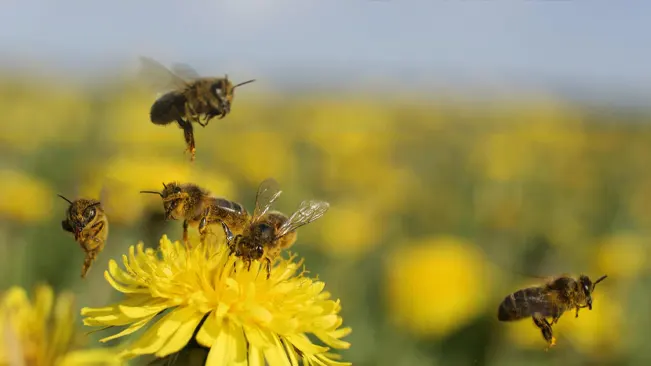
The social structure of Apidae is multifaceted, with some species like honeybees and bumblebees exhibiting complex, highly organized social behavior, and others displaying more communal or solitary lifestyles. This diversity in social structure is a testament to the evolutionary adaptability of the Apidae and their ability to fill various ecological niches. Understanding these structures is crucial for the conservation of these species and the ecosystems they inhabit.
Behavior and Ecology
The Apidae family, a diverse group within the insect order Hymenoptera, plays a crucial role in the health of ecosystems and agricultural productivity through their primary activity, pollination. This process is vital for the reproduction of a vast array of flowering plants, directly impacting biodiversity and food security. Bees within this family demonstrate sophisticated behaviors, including selective foraging, complex communication via dances, and precise temperature regulation within their hives.
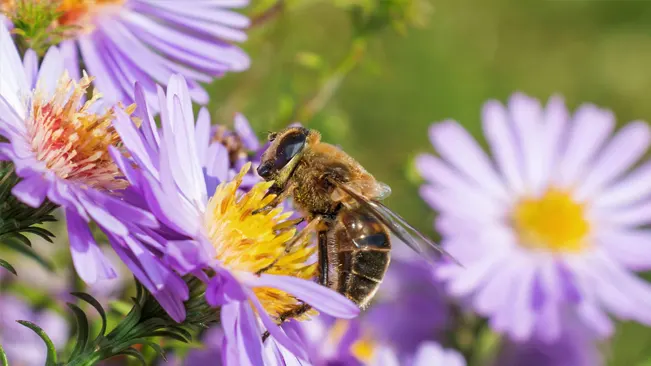
Their ability to adapt to various environmental contexts, remember the locations of resource-rich flowers, and communicate these details to their colony members is a testament to their cognitive abilities. Furthermore, their collective efforts in maintaining an optimal hive environment showcase not only their resilience but also the critical importance of their role in natural and human-modified ecosystems.
Threats to Survival
The survival of the Apidae family is increasingly jeopardized by a multitude of human-induced and environmental challenges. Habitat loss, primarily due to agricultural expansion, urban development, and deforestation, deprives bees of their natural foraging areas and nesting sites, crucial for their life cycles. Pesticide exposure is another significant threat, with chemicals used in farming and pest control disrupting bee navigation, foraging patterns, and overall health, often leading to colony collapse.
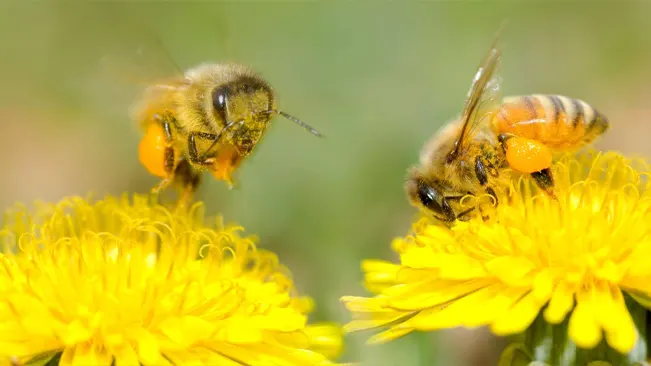
Additionally, climate change introduces erratic weather patterns and alters flowering times, disrupting the synchrony between bees and the plants they pollinate. Compounding these issues are diseases and parasites, like the notorious Varroa mite, which infiltrate hives, weakening and often decimating bee colonies. These threats collectively contribute to the decline of bee populations globally, raising alarms over the potential ripple effects on biodiversity, ecosystem stability, and agricultural productivity.
Colony Life Cycle
The colony life cycle of Apidae is a fascinating process that reflects the intricate organization and resilience of these social insects. The cycle begins when the queen lays eggs, each of which hatches into a larva. The larvae are then meticulously fed and cared for by worker bees, eventually developing into pupae. Within the protective structure of their cells, the pupae undergo a remarkable transformation, emerging as fully formed adults, ready to take on roles assigned by the colony’s needs.
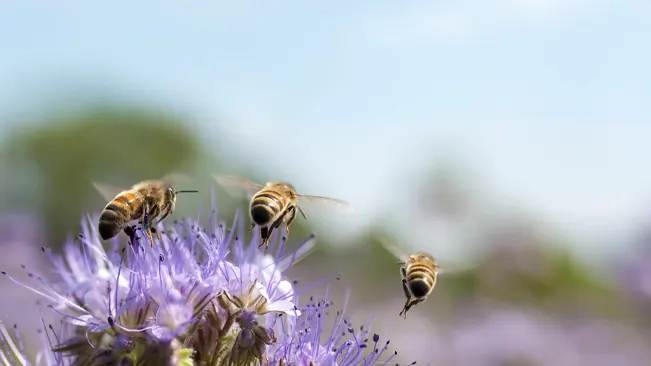
Throughout the year, the colony experiences fluctuations in size and structure, expanding rapidly in spring and summer when resources are abundant, and contracting in fall and winter as the bees focus on survival.
This seasonal ebb and flow are crucial for the colony’s resilience, allowing it to adapt to changing conditions and ensuring the continuous cycle of growth and renewal. These stages, from egg to adult, alongside the adaptive changes in the colony’s size and structure, embody the dynamic and complex nature of the Apidae family’s life cycle.
Role of the Apidae Queen
The role of the Apidae queen, particularly within eusocial species like honeybees and bumblebees, is central to the colony’s survival, growth, and productivity. As the only fertile female in the colony, her primary responsibilities are intricately tied to reproduction and the subtle governance of the hive’s social structure.
- Reproduction: The queen’s most crucial role is to lay eggs, ensuring the colony’s continuity and growth. In peak seasons, a honeybee queen can lay up to 2000 eggs a day. Her ability to control the sex of the eggs she lays, fertilizing them to produce workers or leaving them unfertilized to produce drones, is vital for maintaining the colony’s balance.
- Pheromone Production: The queen secretes pheromones, which serve as chemical signals crucial for regulating the social behavior of the colony. These pheromones help maintain the colony’s unity, suppress the development of ovaries in worker bees, and can even influence the colony’s decision-making, such as when to swarm or replace the queen.
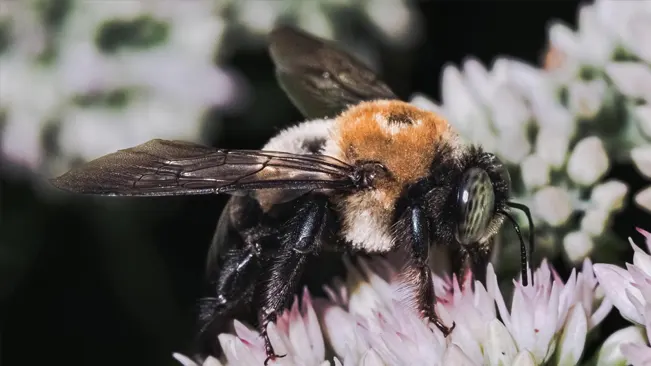
- Colony Cohesion: Through her pheromones and the brood she produces, the queen is central to maintaining the social cohesion and identity of the colony. Worker bees are highly attuned to her presence and health, and her loss or weakening can lead to immediate efforts to raise a new queen.
- Swarming and Colony Propagation: In species like honeybees, the queen plays a pivotal role in colony propagation through swarming, where she leaves the hive with a portion of the workers to form a new colony. This natural mechanism ensures genetic diversity and the spread of the species.
In essence, the queen is the heart of her colony, not just as the primary reproductive figure but also as a keystone individual whose health, behavior, and chemical signals intricately dictate the colony’s dynamics, productivity, and survival.
Conclusion
The Apidae family, with its wide range of species, plays a pivotal role in ecosystems and human agriculture. Understanding their life, challenges, and contributions is crucial for their conservation and the protection of global biodiversity.
FAQs
- How do bees communicate?
Bees communicate through a series of movements known as the “waggle dance,” which conveys information about the direction and distance of food sources. - What is colony collapse disorder?
Colony collapse disorder (CCD) is a phenomenon where the majority of worker bees in a colony disappear, leaving behind a queen, plenty of food, and a few nurse bees to care for the remaining immature bees. - Can bees recognize human faces?
Some studies suggest that bees can learn and recognize human faces, although they do it through processing the visual components of the face separately, unlike humans. - What are the main threats to bees?
The main threats include habitat destruction, pesticide exposure, climate change, and diseases and parasites. - How can individuals help protect bees?
Individuals can help by planting bee-friendly gardens, reducing pesticide use, supporting local beekeepers, and advocating for policies that protect bee habitats.


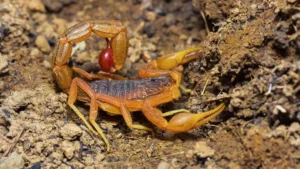

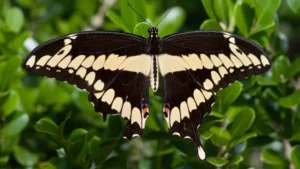

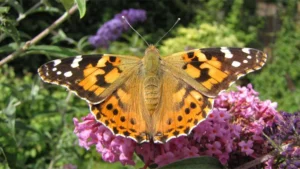
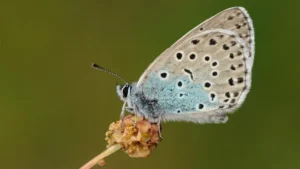


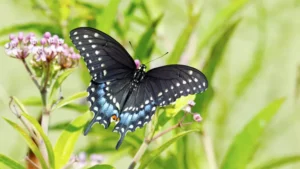



Leave your comment